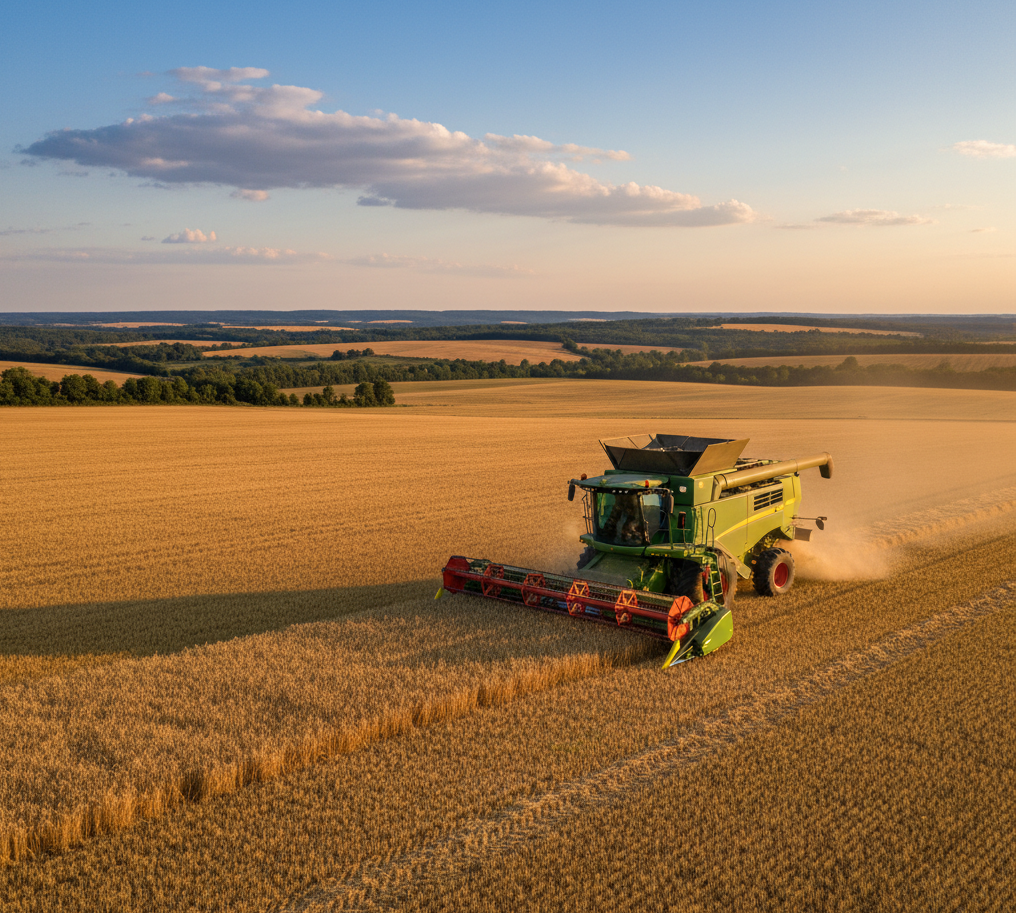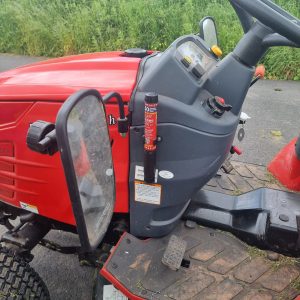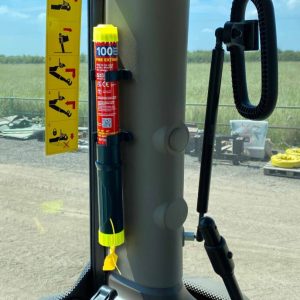Agricultural & Farming

Harvest season is a high-stakes, high-risk period for the farming & agricultural sector. With long hours, hot machinery, and tinder-dry crops, a single spark can ignite a catastrophic fire, leading to the devastating loss of equipment, crops, and livelihood. As a farmer, I’ve seen firsthand how a small combine fire can spiral out of control. While we rely on our large fire extinguishers, a compact, quick-response tool like the Fire Safety Stick can be a true game-changer. I want to share the five critical fire safety procedures that we’ve implemented on our farm to ensure we’re prepared for the worst and ready to act.
Understanding the Fire Safety Stick: A Farmer’s Perspective
The Fire Safety Stick is not a traditional fire extinguisher. It’s an innovative, lightweight aerosol that works by disrupting the chemical chain reaction of a fire. What makes it ideal for agricultural fire safety is its size and accessibility. It can be easily mounted on your combine, tractor, or baler, ensuring it’s always within arm’s reach when a fire starts. Think of it as your first line of defense for a small, localized fire—the kind that starts in a machine’s engine bay or a patch of dry stubble. While it’s not a replacement for a larger, heavy-duty extinguisher, it’s a vital tool for quick response fire suppression, giving you those critical extra seconds to contain the blaze before it escalates.
Top 5 Critical Fire Safety Procedures for a Safe Harvest
Procedure 1: Proactive Prevention is Paramount The best way to fight a fire is to prevent it from ever starting. Our farm’s farm fire prevention plan focuses on these key actions:
Regular Machinery Maintenance: We religiously clean our machinery, especially the areas around the engine and exhaust, to remove dry plant material. We also conduct thorough checks for fuel leaks and faulty electrical systems to prevent a farm machinery fire.
Awareness of Environmental Conditions: We closely monitor weather conditions—high temperatures, low humidity, and wind are major red flags. We often adjust our schedule to work during cooler parts of the day to minimize the harvest fire risk.
Refueling Precautions: We always let our machines cool down before refueling to avoid ignition on hot surfaces, a critical aspect of fuel safety.
Creating Firebreaks: We have equipment on standby to create firebreaks—strips of bare earth—to halt the spread of a field fire.
Strict No-Smoking Policy: We enforce a strict no-smoking policy in fields and around machinery to eliminate this common source of ignition.
Procedure 2: Strategic Placement and Accessibility In a farm emergency, you don’t have time to search for a fire extinguisher. We ensure our fire safety equipment is always ready and accessible:
Mounting on Machinery: We securely mount Fire Safety Sticks on our combines, tractors, and other equipment within easy reach of the operator.
Placement in Vehicles & Areas: We keep additional sticks in our support vehicles and at key locations like refueling stations for comprehensive agricultural fire preparedness.
Clear Marking: All fire safety tools are clearly marked to ensure anyone can locate and use them in an emergency.
Procedure 3: Training and Familiarisation Having the right tools is useless without the proper training. We conduct regular fire safety training to ensure every member of our team is prepared:
Hands-on Practice: We run drills and practice using the Fire Safety Stick to ensure everyone understands how to activate it, aim it properly, and use it effectively.
Understanding Capabilities: We educate our team on the limitations and capabilities of each piece of equipment to ensure an effective emergency response.
Procedure 4: Confident and Effective Use in a Farm Fire Emergency When a fire breaks out, a rapid and calm response is crucial.
Prioritize Safety: The first action is always to ensure everyone is safe and to call the fire brigade immediately.
Rapid Response: We grab the closest Fire Safety Stick and act quickly to contain the fire.
Proper Technique: We aim at the base of the fire and use the stick’s full discharge for maximum effect.
Know When to Escalate: We train our team to know when a fire is too big for the available equipment and to retreat safely, leaving the situation to professional fire response.
Procedure 5: Post-Fire Actions and Ongoing Prevention The work doesn’t stop once the fire is out.
Monitoring and Reporting: We monitor the area for reignition and complete an incident report to help improve our fire prevention plan.
Replenishment and Review: We immediately replace any used equipment and review our procedures to learn from the incident and enhance our overall farm safety.
Fires are a major threat during harvest, but with the right tools and a solid plan, the risk can be minimized. The Fire Safety Stick is a valuable addition to our fire-fighting arsenal, but its true power lies in the procedures and training that back it up. By taking fire safety for farmers seriously, we can protect our lives, our livelihoods, and our crops, ensuring a safe and successful harvest season.
Lessons from a devastating crop fire
Berkshire farmer Colin Rayner shares his tips for lowering the risk and battling crop fires this harvest after losing 19ha in a huge blaze on his farm.
All Credit goes to: Farmers Weekly Video
https://www.youtube.com/user/FarmersWeeklyVideo/





